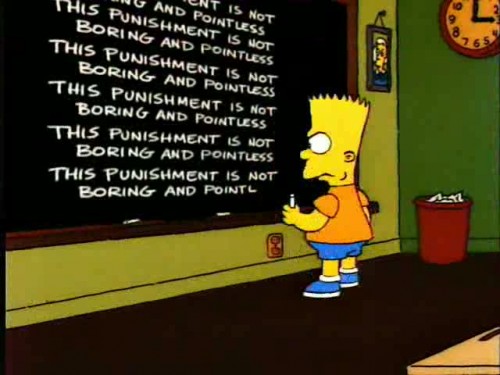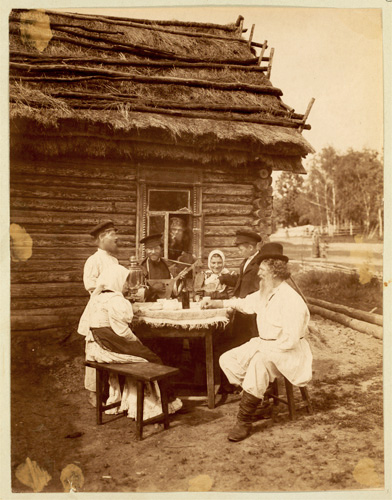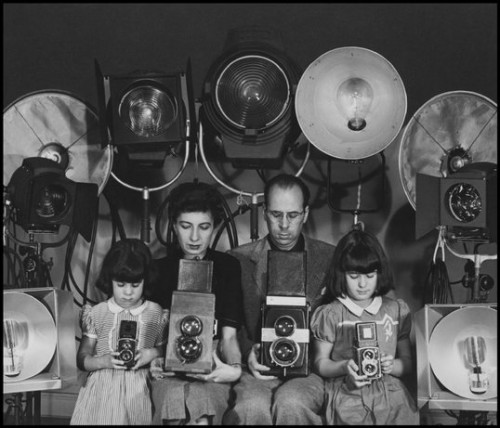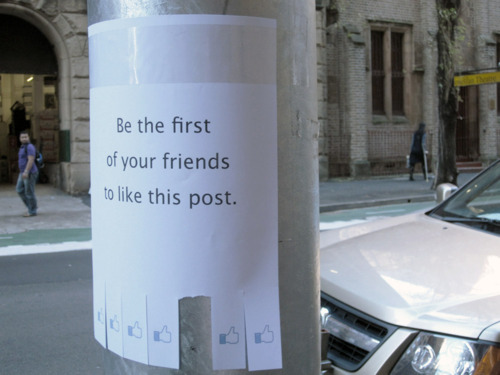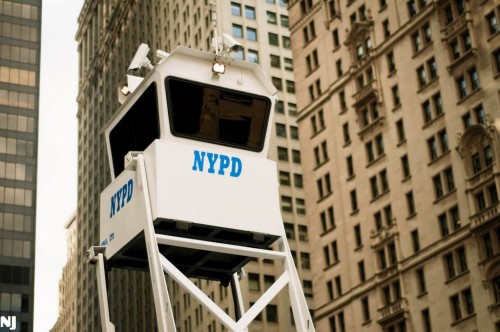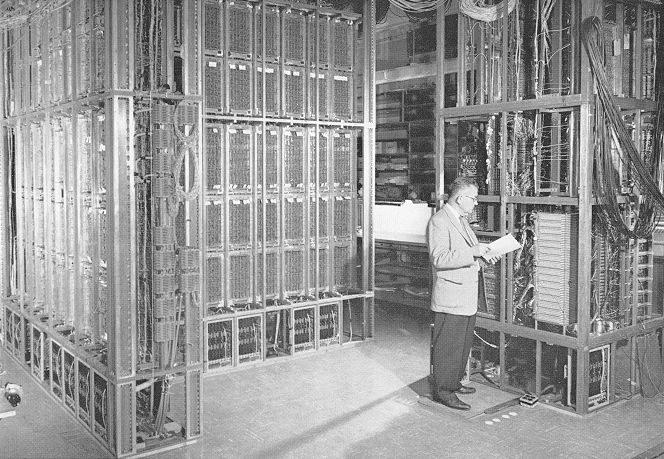 Photo of the week comes from the current protests in Egypt. The picture captures the flow of imagery across mediums, especially in times of protest. Al Jazeera ran the photo of a police officer who reportedly is shooting protesters in the eye. Infuriated, Egyptians stenciled his image on walls. The graffiti was then photographed and disseminated on social media, where Zeynep Tufekci saw the image and sent it to us. The image of the police officer flows from cameras to TV broadcast to paint on walls back into photo-form into social media and onto this blog where you see it now. Reality is augmented.
Photo of the week comes from the current protests in Egypt. The picture captures the flow of imagery across mediums, especially in times of protest. Al Jazeera ran the photo of a police officer who reportedly is shooting protesters in the eye. Infuriated, Egyptians stenciled his image on walls. The graffiti was then photographed and disseminated on social media, where Zeynep Tufekci saw the image and sent it to us. The image of the police officer flows from cameras to TV broadcast to paint on walls back into photo-form into social media and onto this blog where you see it now. Reality is augmented.
Meanwhile, this week on Cyborgology…
Jenny Davis writes about the mileage Facebook critics get out of misusing the word “friend”
David Banks gets into the Thanksgiving spirit and discusses sexism and Internet food videos
And we round up this week with the second part of Dan Greene’s “augmented syllabus” project

